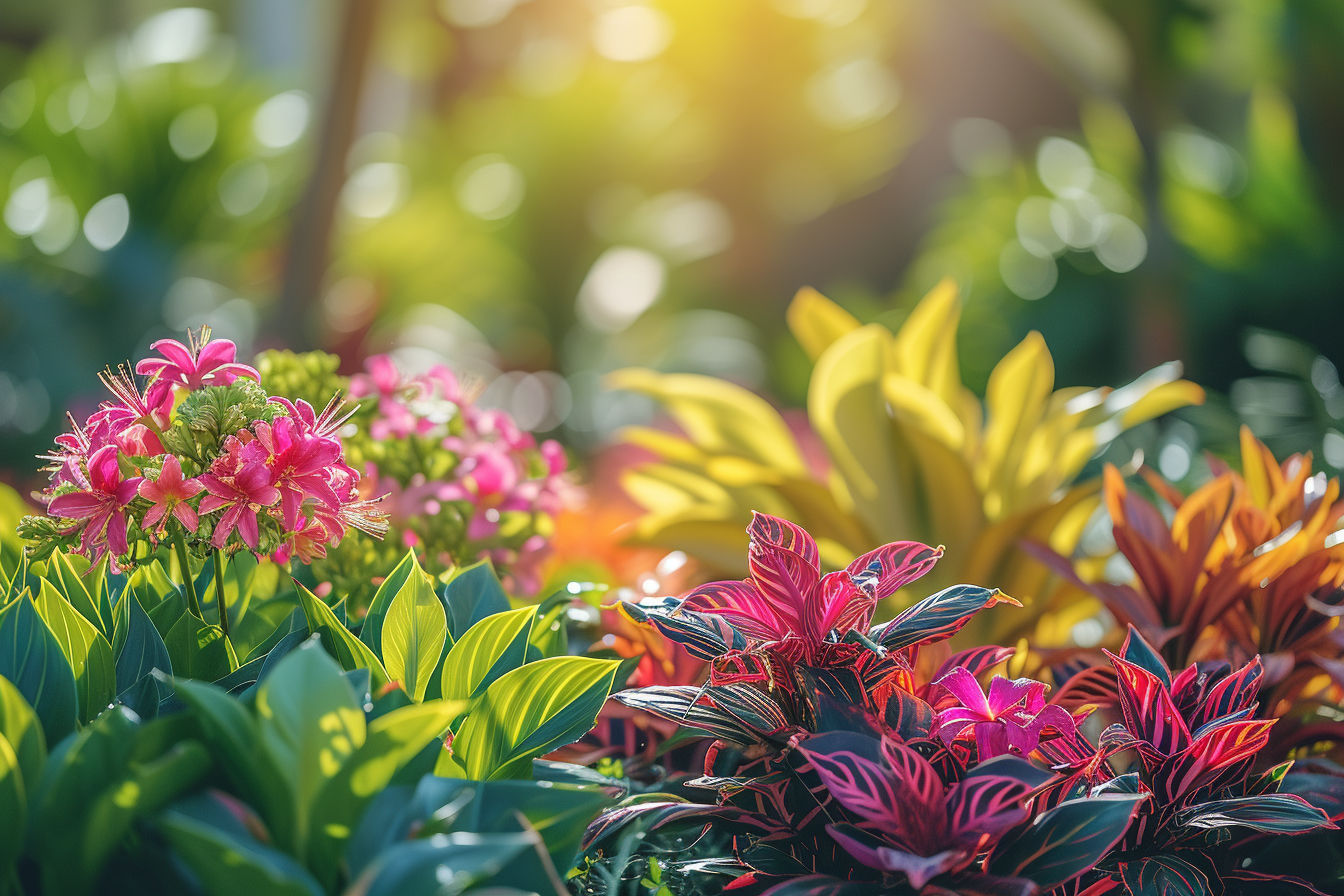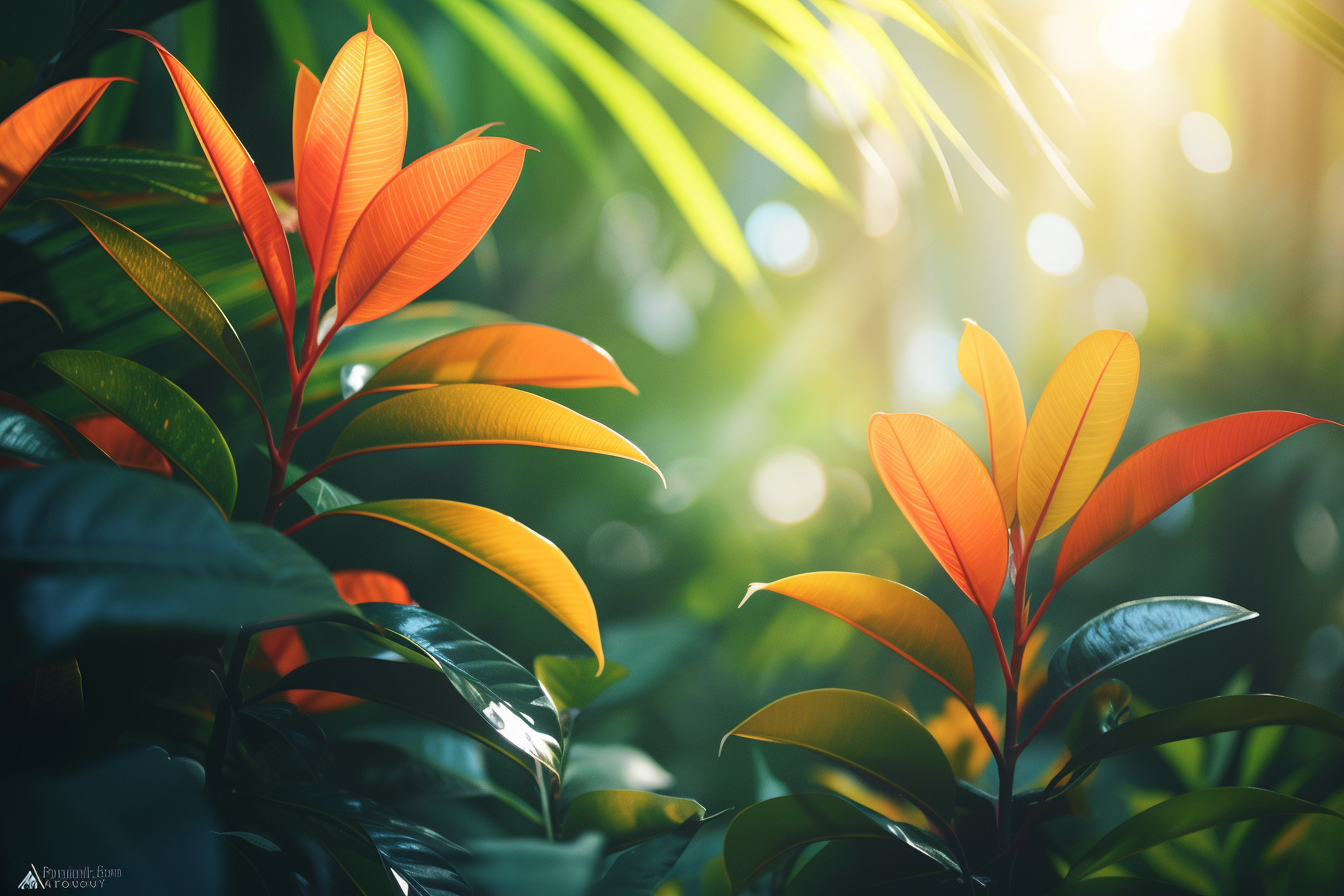Growing exotic plants can be an immensely rewarding endeavor, providing a touch of the tropics or a hint of the unusual to your home or garden. The allure of cultivating species from far-flung corners of the world lies not only in their aesthetic appeal but also in the challenge they present to the green-thumbed enthusiast. To thrive, these botanical wonders often require specific and careful attention. In this piece, we delve into the expert strategies that will make your exotic plant cultivation a resounding success.
Understand the native environment
First and foremost, knowledge of an exotic plant’s natural habitat is key. Each species has evolved under a particular set of conditions that include climate, soil type, water availability, and light exposure. Mimicking these conditions as closely as possible in your own space sets the foundation for flourishing plants.
Climate considerations
Exotic plants often hail from climates markedly different from our own. Experts weigh in on the importance of replicating these environments in your care regimen. When dealing with tropical plants, for instance, they underscore the need for:
- Consistent warmth: Protecting plants from drafts and providing a stable temperature is essential.
- Humid conditions: Regular misting or the use of a humidity tray helps replicate moist air.
- Filtered light: A canopy of trees often shades these plants in the wild, so bright, indirect light is preferable to direct sunlight that may scorch the leaves.
Soil and nutrition
Exotic plants may require a specific soil mixture that promotes good drainage and replicates their natural substrate. Adding elements like perlite, vermiculite, or even orchid bark to potting mix can improve aeration and drainage, fostering a healthier root system.
Supplementing with the appropriate fertilizers is another crucial aspect. Exotic plants have diverse nutritional needs that aren’t always met by standard formulas. Tailored feeding schedules and specialized nutrient mixes often yield more spectacular results.
Research plant-specific care
Not all exotic plants are created equal; their care needs can diverge widely. Let’s examine a few examples:
orchids
These coveted beauties are prized for their spellbinding flowers. Orchids prefer well-draining substrate, like specialty orchid potting mix, which often contains bark, charcoal, and perlite. Overwatering is a common misstep here, so watering should be done with care, generally allowing the mix to almost dry out between watering sessions.
Carnivorous plants
With their appetite for insects, carnivorous species such as Venus flytraps and pitcher plants have a dramatic edge. They often demand high humidity and soil free from added nutrients—conditions that can be replicated using a mix of peat moss and sand. Moreover, these fascinating plants typically need to be watered with distilled water or rainwater to avoid harm from minerals found in tap water.
Air plants (tillandsias)
As plants that can grow without soil, they absorb moisture and nutrients from the air. They require bright, indirect sunlight and regular misting, and a thorough soak in water every couple of weeks.
Repotting for growth
A strong understanding of repotting methods will reap rewards. Many exotic plants, particularly those that grow rapidly, need to be repotted annually to ensure they have enough room to expand. Choosing the right pot size, typically one size larger than the previous one, gives the plant space to grow without causing undue stress. When repotting, gently tease the roots apart and provide fresh potting mix to encourage continued growth and vitality.
Pruning and maintenance
Pruning isn’t merely a cosmetic practice—it’s crucial for health and vigor. Removing spent flowers, dead leaves, and unnecessary growth not only tidies the plant but also stimulates new growth. It’s important to prune with care, using sharp, clean tools to make precise cuts that avoid damaging the plant.
Dealing with pests & diseases

Exotic plants may be susceptible to pests and diseases that aren’t common to native species, and thus require vigilant monitoring. Regular checks for signs of distress, such as discoloration, drooping, or unusual spots, can preempt a full-blown infestation.
Isolation of new plants before introducing them to your collection is a recommended practice to prevent the spread of pests. Organic pest control methods, including neem oil and insecticidal soaps, offer a first line of defense that’s environmentally sensitive.
For diseases, good air circulation, appropriate watering, and removing affected parts can help prevent the spread. When chemical intervention is needed, finding the least toxic option that’s effective is the best course of action for both the plant’s health and the environment.
Patience and perseverance
Above all, cultivating exotic plants requires patience. Many of these species grow at a slower pace than their common counterparts and may take years to flower or reach maturity. Observation and gradual adjustments are part of the journey, and learning from setbacks is essential.
Community and support
Engaging with a community of fellow exotic plant enthusiasts can be immensely beneficial. Whether it’s through local gardening clubs or online forums, exchanging tips, advice, and experiences enriches the hobby. Many seasoned growers are happy to share cuttings, seeds, and wisdom, fostering a spirit of camaraderie among those who delight in the unusual and the beautiful.
In summary, successful cultivation of exotic plants is an art built on the principles of understanding, patience, and careful attention. While the science underpinning these tips provides a sound basis for care, the true joy lies in the connection formed between the gardener and their exotic charges. Through investment in knowledge and practices conducive to the health and happiness of these exotic botanicals, gardeners can transform their spaces into verdant sanctuaries that exude the wonder of nature’s vast diversity.











